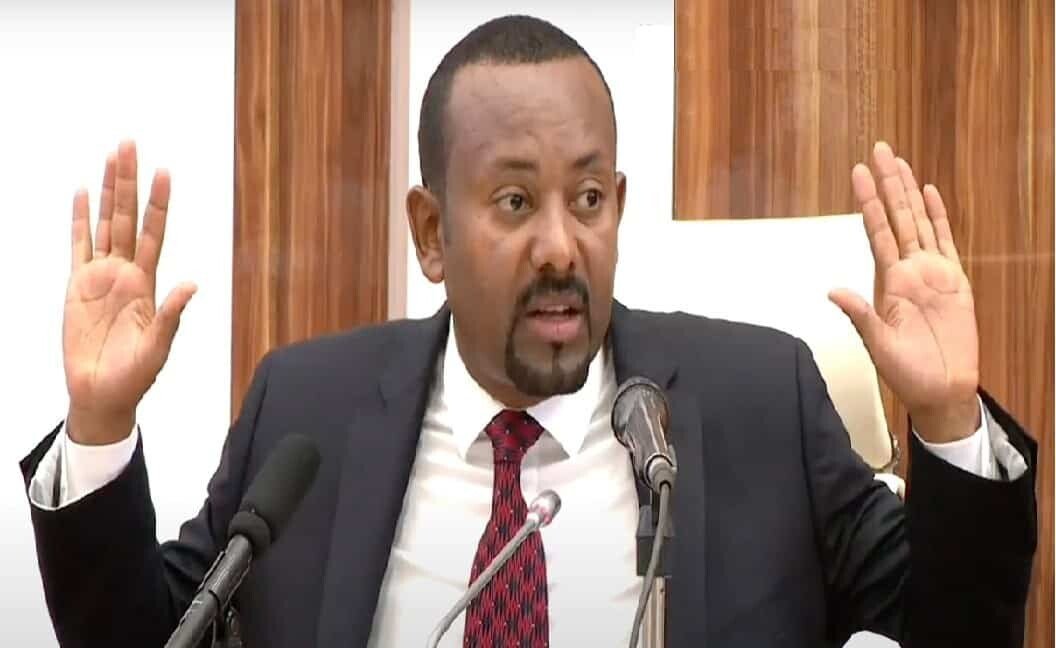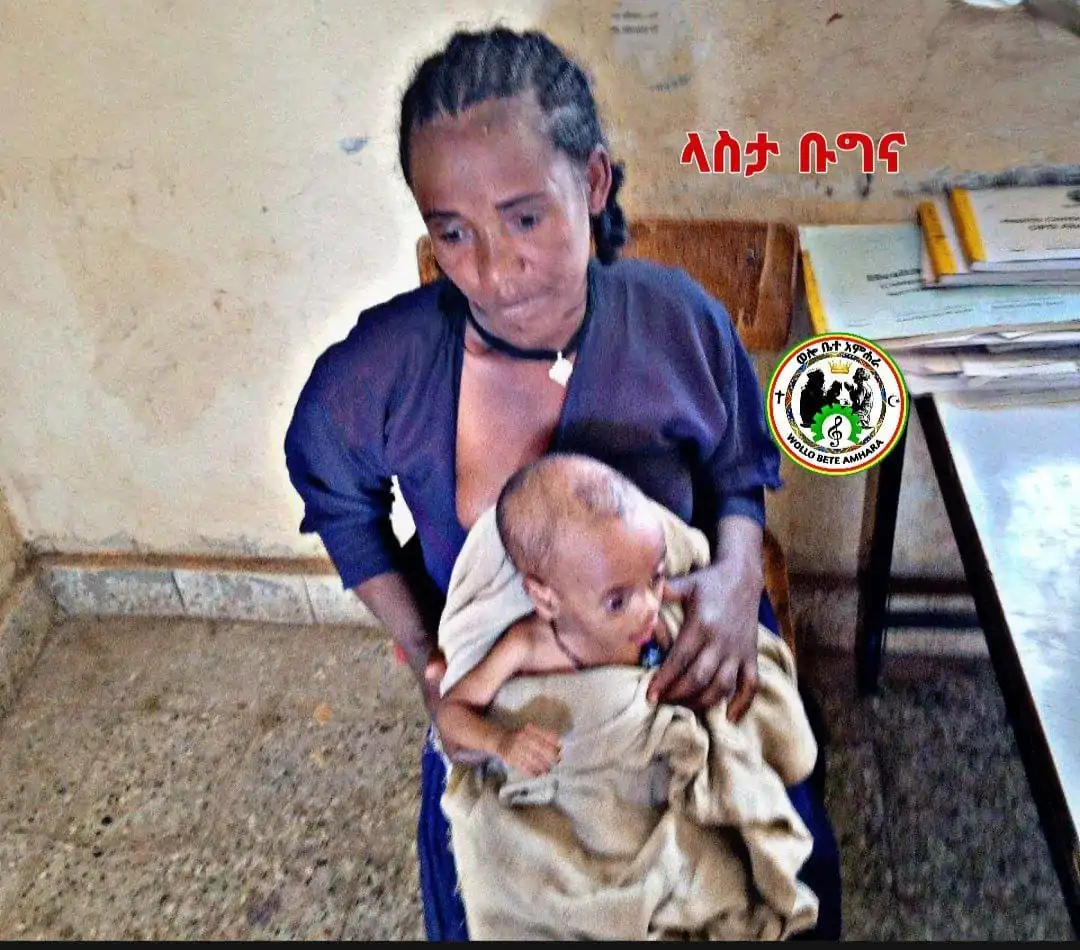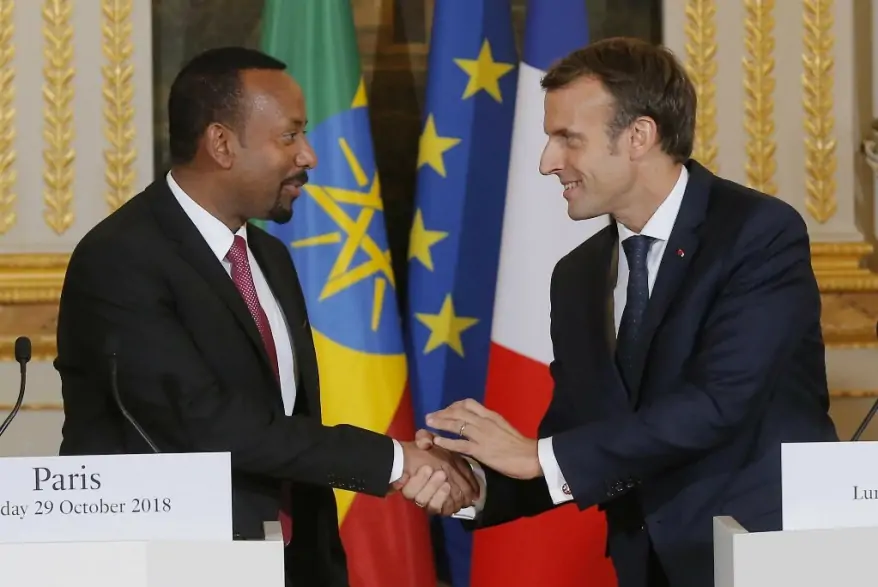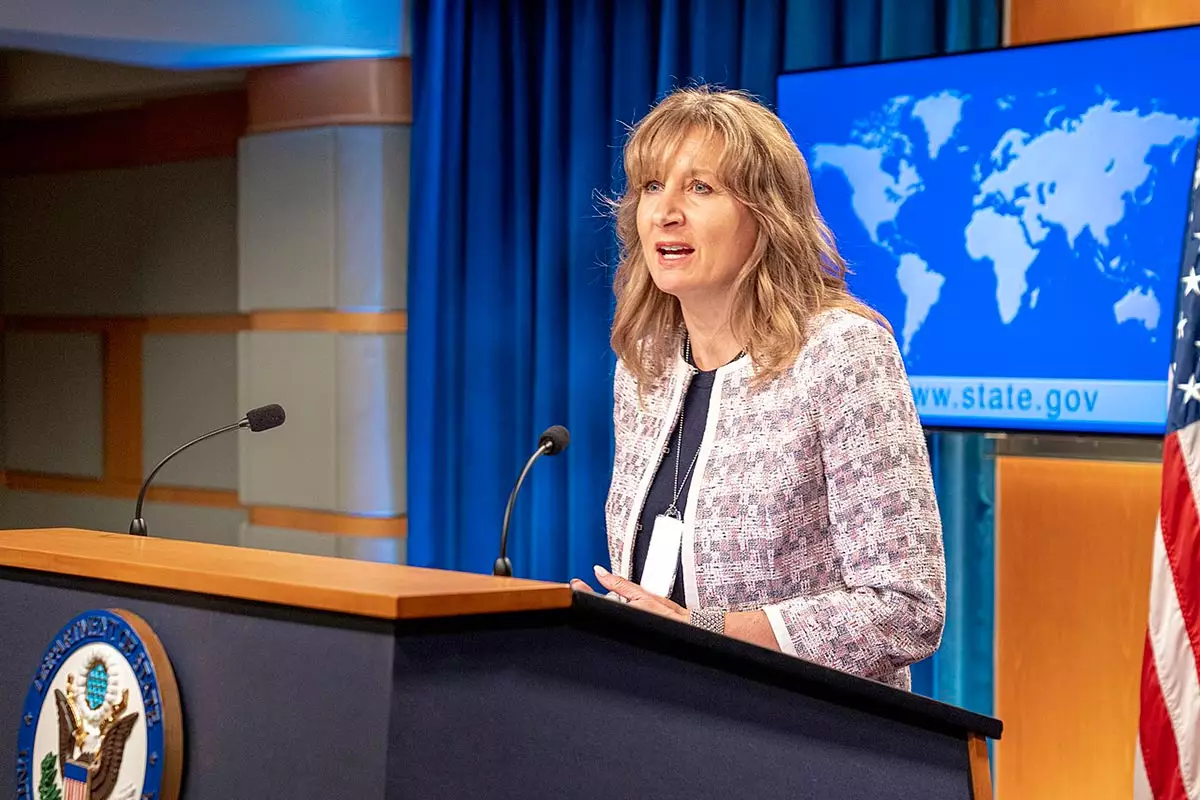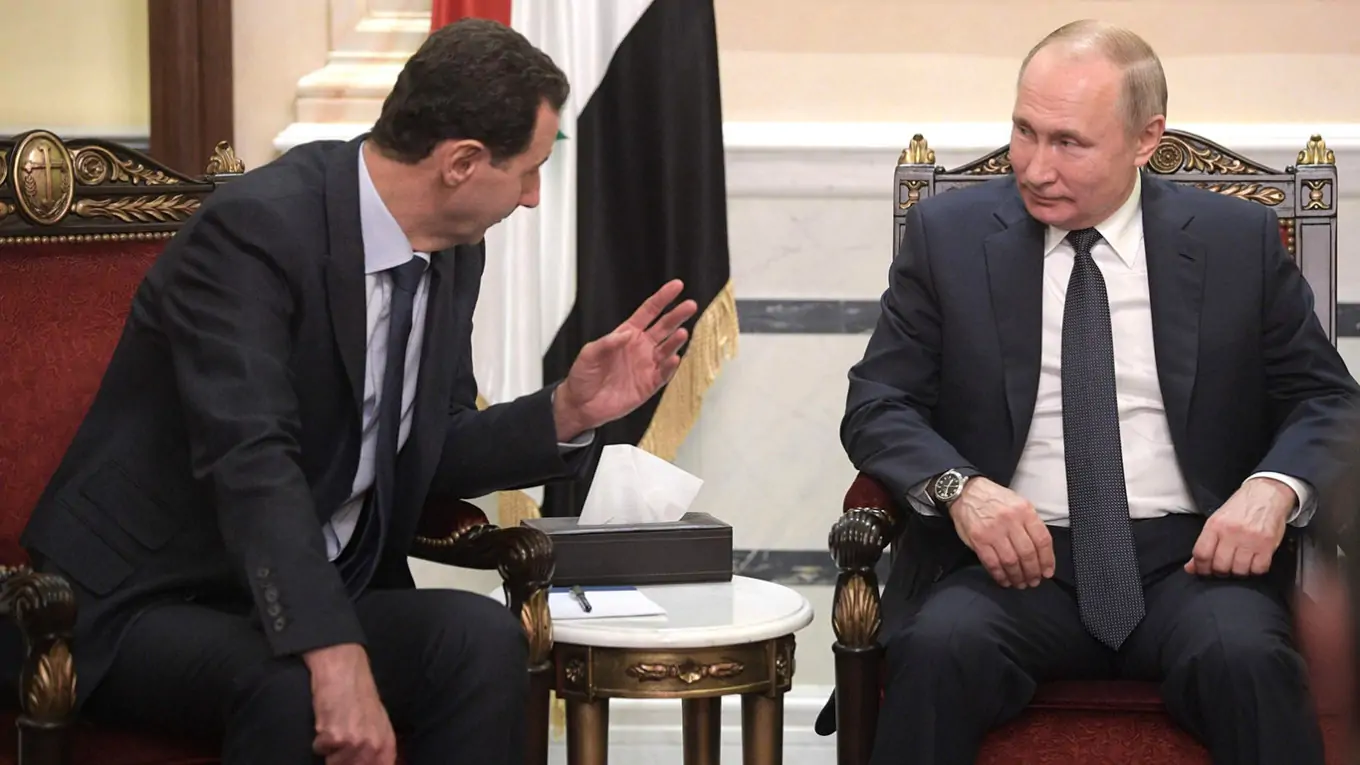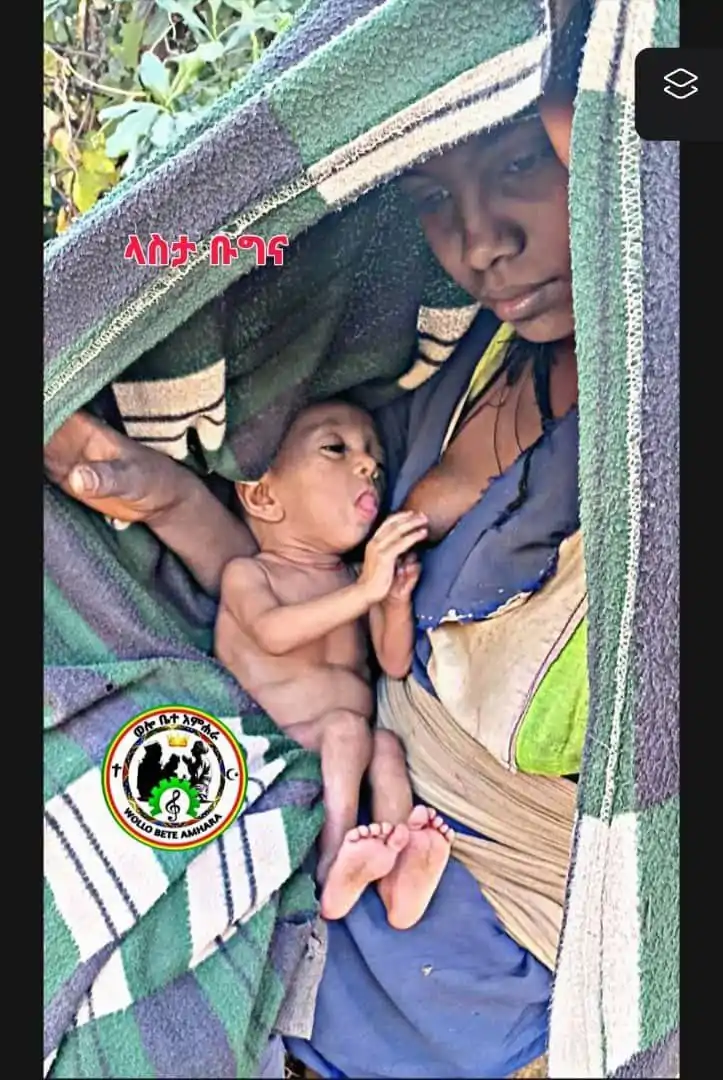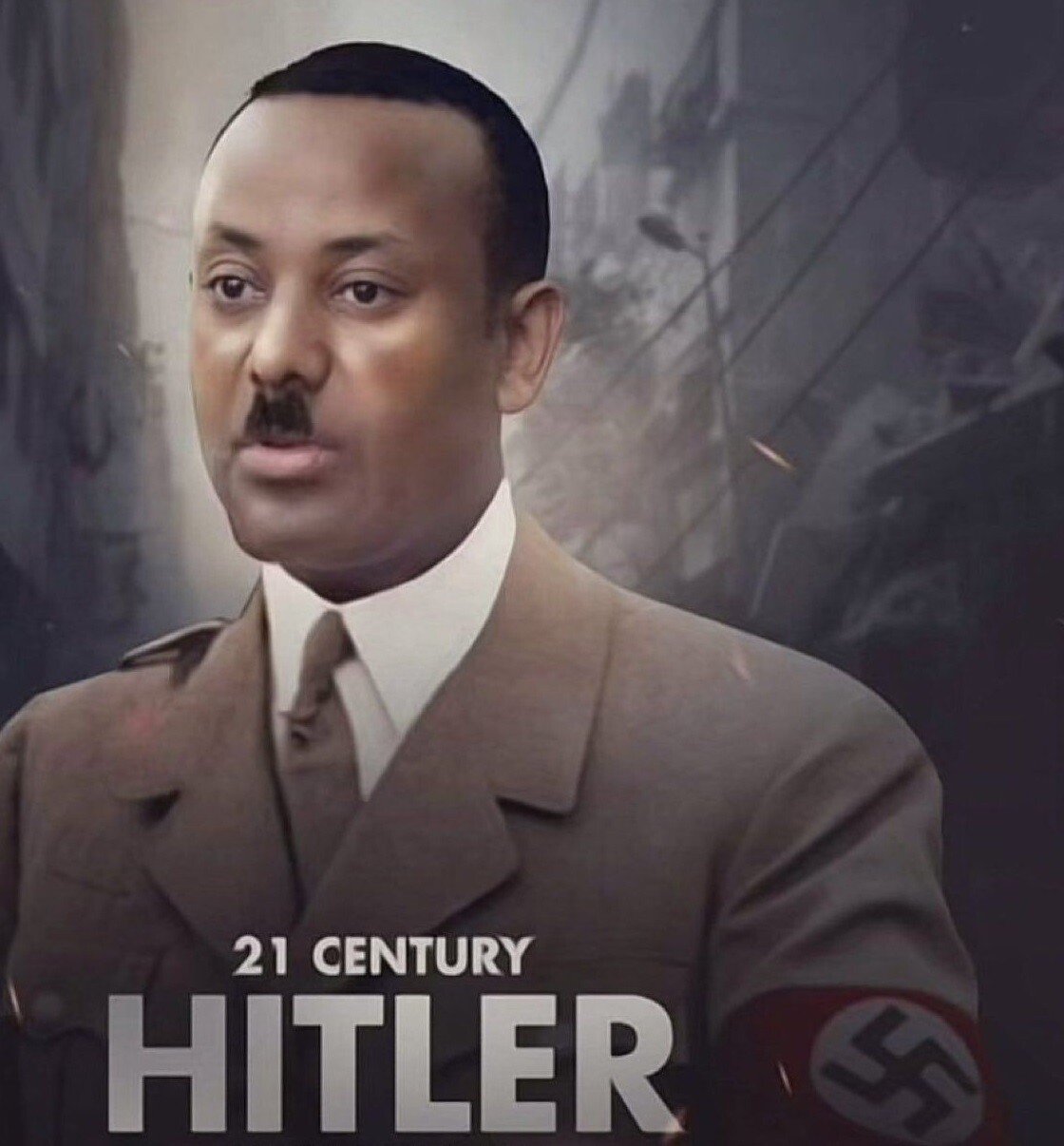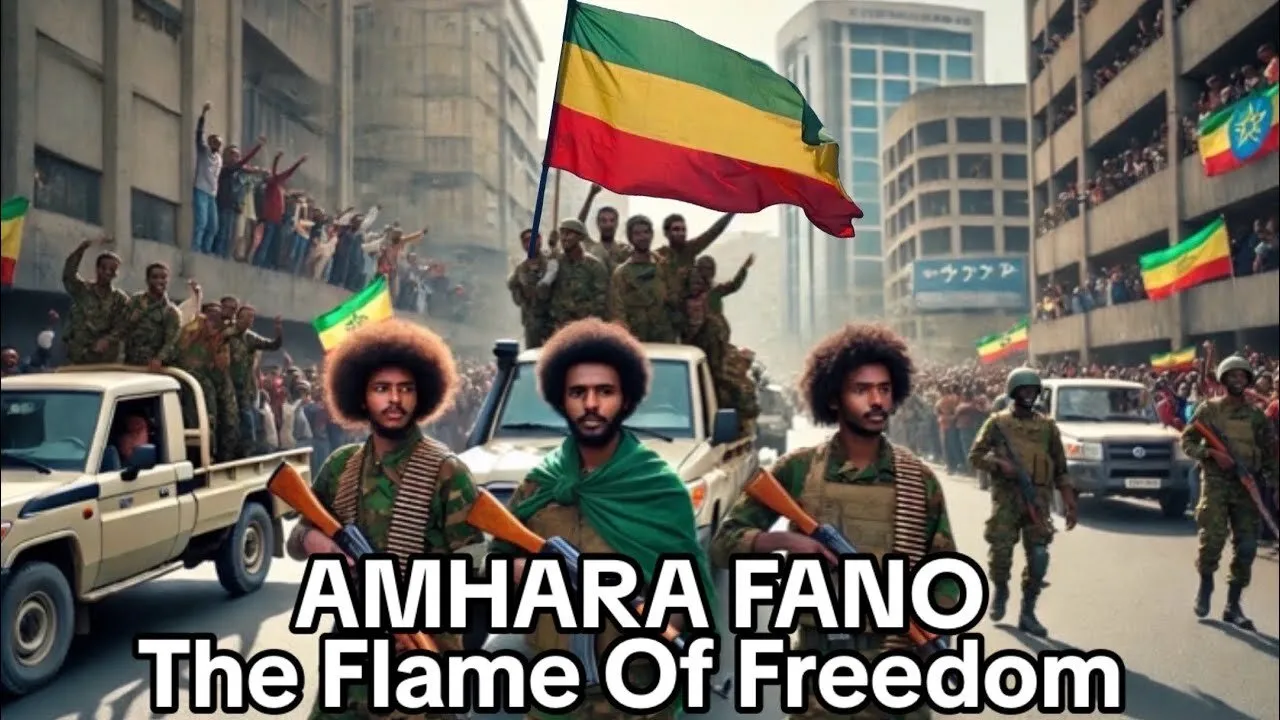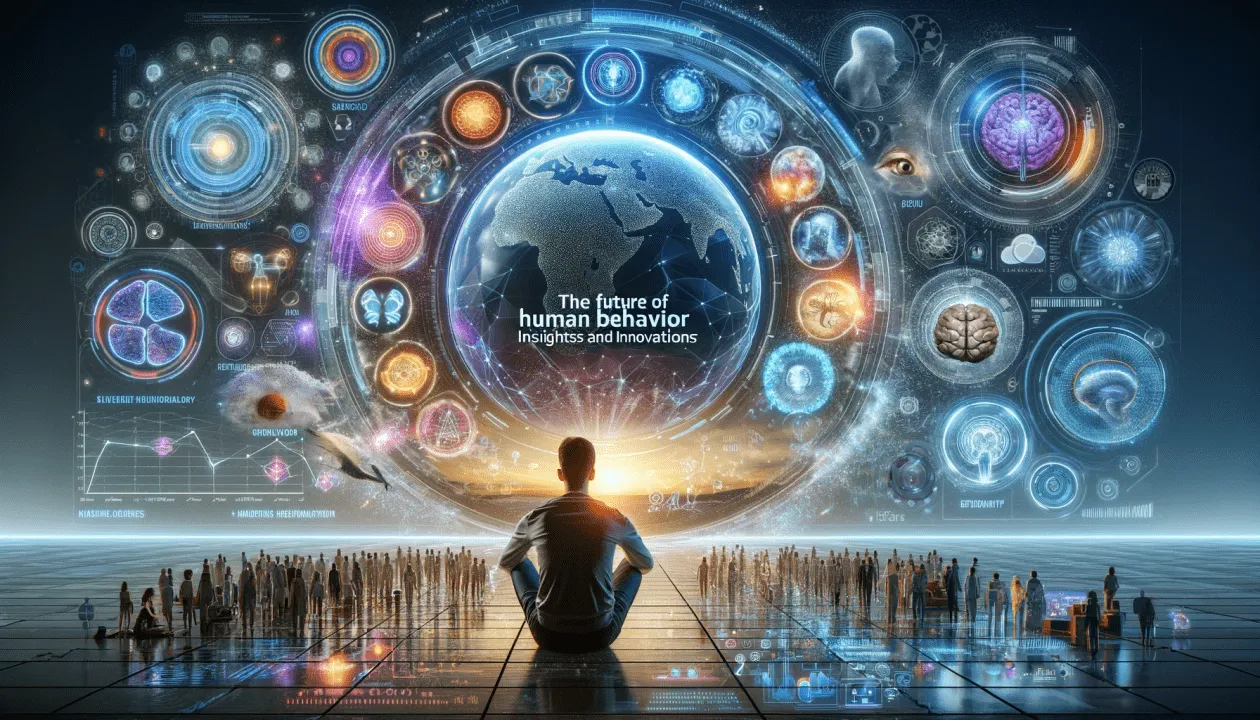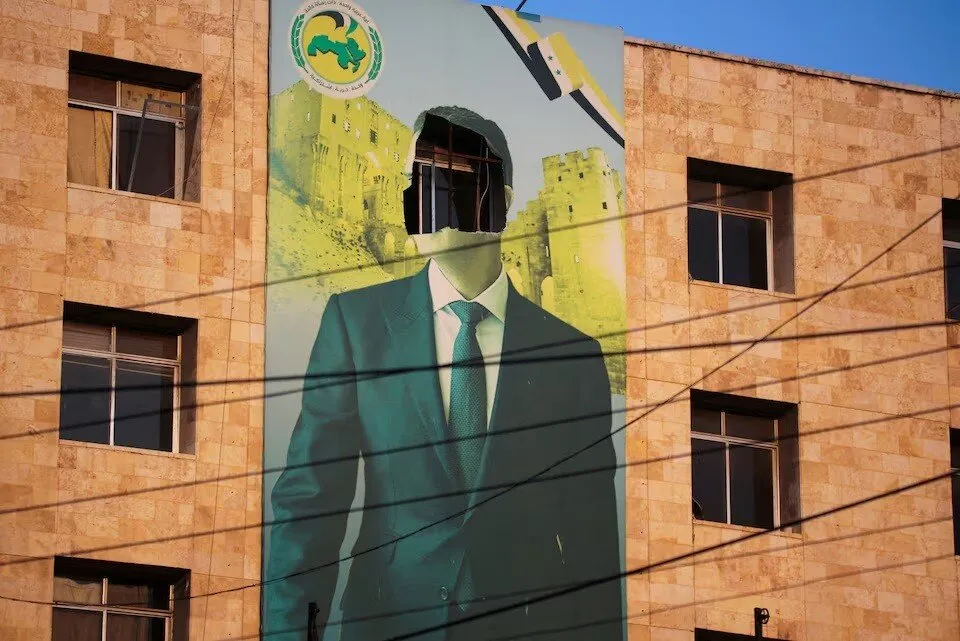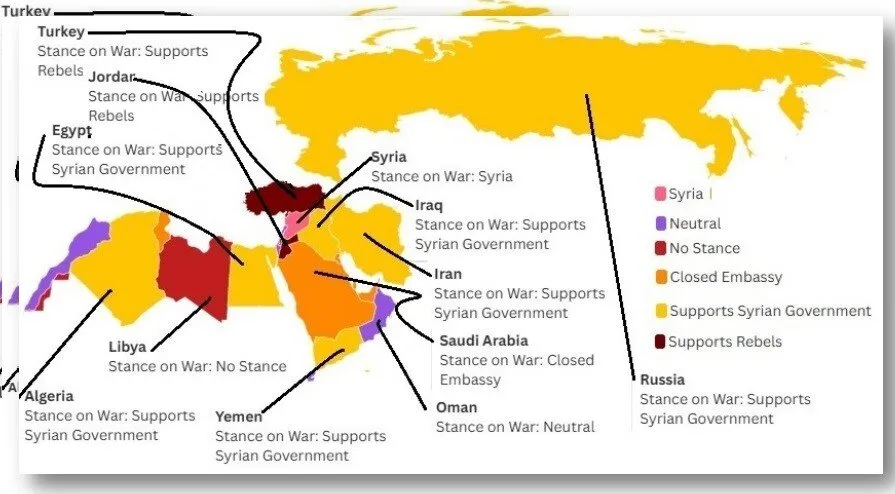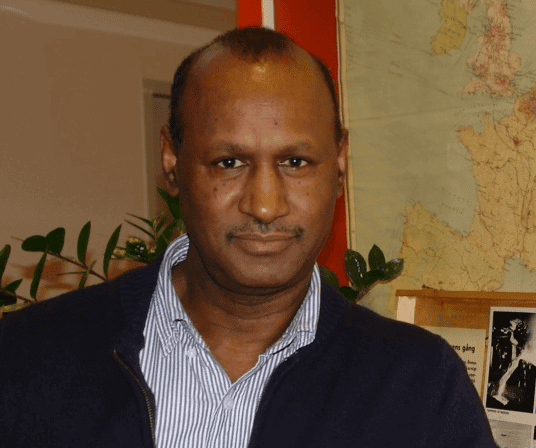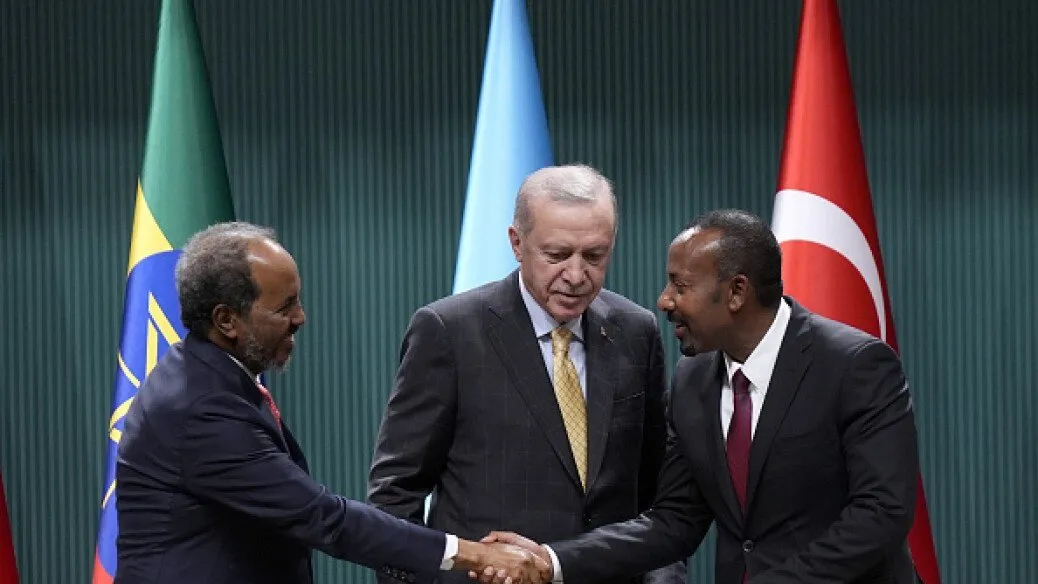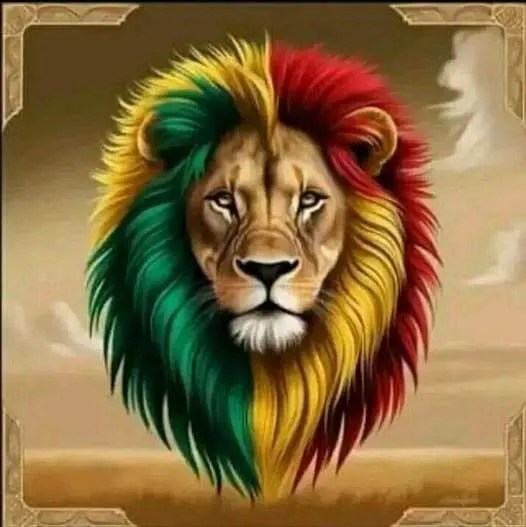By Girma Berhanu*
Point of Departure
I am moved to write this article because of two horrifying stories of the week. The first one is the incident in Minjar, Amhara region, and the second one is the baseless and fabricated reports of Amnesty International and Human Rights Watch of April 6, 2022, (1) to whitewash the gruesome discovery made by researchers of the University of Gondar regarding crimes committed by the Tigray People’s Liberation Front (TPLF) at the same place for the last 27 years. (2)
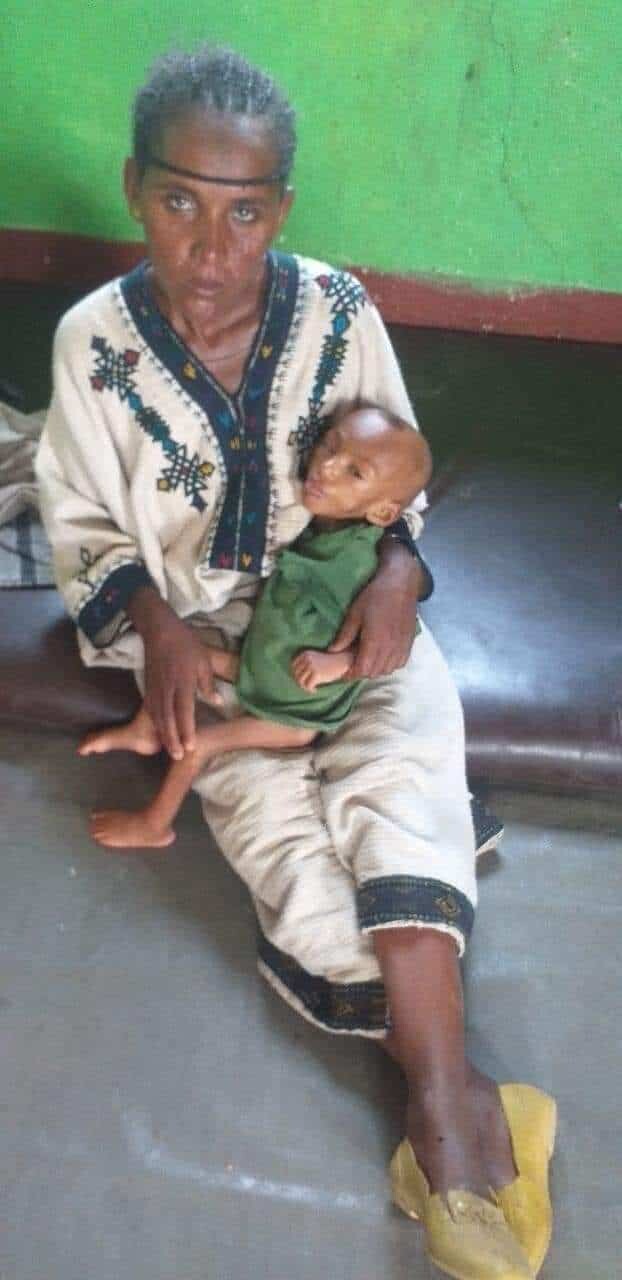 Still worse, the State Department has issued, based on these reports, a press release accusing the Amharas of committing genocide against the Tigrayans. The report states that ‘Western Tigray (referred to as Welkait-Tegede by Amharas) has been the site of unaddressed, and decades-long boundary disputes, simmering tensions, and rights abuses. With the outbreak of conflict in November 2020, Amhara forces, militias, and authorities with long-standing grievances and an interest in claiming the land, acted in close coordination with the federal government to take control of these areas. Right before the joint forces of the Ethiopian Defence Force and the Amhara Militias moved in to take control, the TPLF forces started massacring the Amharas at a small town called Mai Kadra, claiming 1100 lives in a matter of hours. (3)
Still worse, the State Department has issued, based on these reports, a press release accusing the Amharas of committing genocide against the Tigrayans. The report states that ‘Western Tigray (referred to as Welkait-Tegede by Amharas) has been the site of unaddressed, and decades-long boundary disputes, simmering tensions, and rights abuses. With the outbreak of conflict in November 2020, Amhara forces, militias, and authorities with long-standing grievances and an interest in claiming the land, acted in close coordination with the federal government to take control of these areas. Right before the joint forces of the Ethiopian Defence Force and the Amhara Militias moved in to take control, the TPLF forces started massacring the Amharas at a small town called Mai Kadra, claiming 1100 lives in a matter of hours. (3)
The press release by the State Department states that ‘the United States reiterates its grave concern over continuing reports of ethnically-motivated atrocities committed by Amhara authorities in western Tigray, Ethiopia, including those described in the recent joint report by Human Rights Watch and Amnesty International. In particular, we are deeply troubled by the report’s finding that these acts amount to ethnic cleansing’. (4) The USA is not known siding with the truth. It has almost always sided with the TPLF (Tigrayan forces) disregarding the atrocities committed against the people of Ethiopia and in particular the Amhara people both by TPLF and Oromo nationalists (OLF). The Ethiopian Government reacted to the joint report and stated that ‘The biased ethnic undertone of the report from organisations that paint themselves as defenders of human rights and the implications of reckless misrepresentation of facts on the ground did not go unnoticed’. One can also wonder about the recklessness of the Ethiopian Government in the process from day one. Several conspiracy theories are already in the air.
In this article my main intention is to highlight that the atrocities committed against the Amhara people can be characterised as triple victimhood. It is conducted on three fronts. I reflect on the discourses characterized by victim playing in Ethiopian ethnic politics. The Oromo and the Tigrean Nationalists have actively adopted the Dangerous Politics of Playing the Victim at the expense of the Amhara lives. In this victimhood play, the Amhara are triply victimized. 1) The Amhara are the ones who are the primary victims, targets of atrocity crimes (first-tier victimhood); 2) The ethno-nationalists claim that they, rather than the Amhara, are the victims (ጩኸቴን ቀሙኝ) (second-tier victimhood); and 3) the international community is misinformed and manipulated by the ethno-nationalists, the majority of whom are so-called the ‘educated diaspora’. The recent reports by the Amnesty International and Human Rights Watch and the press release by the State Department are testimonies that how much malice, distortions and victim playing are at work both at international and national levels. The Amhara have increasingly become deliberately “The forgotten people” whose blood is thin? The global media and public opinion are indifferent to the humanitarian crisis and genocide facing the Amhara population persecuted by the ethno-nationalist armed groups, including some different sections and units of the security apparatus within regions where the Amhara reside. This is the third-tier victimhood: the statistics of mass murder or genocide, no matter how large the numbers, including mass graves (5), fail to convey the true meaning of those atrocities, psychic numbing both by the international community and the Ethiopian government
Since the TPLF came to power in 1991, their primary victims have been the Amharas. There is ample evidence on that. However, the continuous and relentless displacement of this specific group has intensified under PM Abiy Ahmed’s leadership. Abiy Ahmed actively avoids mentioning the massacres and to this end he engages in all sorts of language contortions: when hundreds of innocent civilians are stabbed and clubbed to death because of their ‘Neftegna’ label (a pejorative term used to denigrate Amhara citizens), these are referred only in passing as merely inter-communal conflicts. Thousands of so-called Neftegnas have been butchered: that is to say, non-Oromo civilians living in Oromia Regional State. In an illuminating article, Dr.Tesfaye Demmellash (March 14 2022)raised a vital question, Should the Amhara people resist in all ways necessary the tyrannical rule of the party of “Oromia” led by the shifty, Janus-faced Abiy regime? (6) Should Amharas protect themselves today from predatory, often genocidal, attacks by TPLF and OLF entities within, outside, or on the margins of Abiy’s ethnic regime? And, beyond fending off savage tribal aggression, in what way could the Amhara community mount a robust, transformative national resistance against the entire system of state ethnicism propped up in Ethiopia with the help of hostile foreign powers?
A recent incursion of troops and/or armed groups into the the Minjar Shenkora woreda of North Shewa zone, Amhara regional state is still being investigated. According to the Addis standard clashes (7) ‘between armed groups from Minjar, and local militia in the bordering Fentalle woreda, East Shewa zone of Oromia regional state, resulted in the death of at least 26 and injury of several local militias and members of Oromia police, including the militia commander, Adisa Ifa, according to multiple reports. The clashes were followed by statements from both Woredas with conflicting accounts of the incident’. Whoever instigated the clash, we have already been hearing that the Oromia region officials and other anti-peace elements are threatening to destabilise the district and commit atrocities. Mesfin Arega (2022.04.09) (8) has succinctly captured the scenariothat the recent anti-Fano report of Amnesty International is no doubt in response to the defeat of Abiy Ahmed’s OLF invading force by the Fano of Eastern Shoa.
Ever since the victory of Adwa in 1896, the west’s objective has always been to make the proud Amhara completely irrelevant in Ethiopian politics so as to control the country via Tigre and Oromo tribalist elites who have strong propensity to be subservient to the Whiteman. It is now on the verge of achieving its long-sought anti-Amhara objective, thanks to its OLF puppet Abiy Ahmed, who not only continued the horrifying plight of Amharas under TPLF but also made it much more horrendous. As such, the west will leave no stone unturned to protect Abiy Ahmed’s regime form patriotic Amharas. One way to do so is to shame and scare Amharas by implicating them of war crimes solely fabricated from hearsay and innuendo. This and only this is the reason for the recent (and all previous) anti-Amhara reports of Amnesty International and Human Rights Watch, not to mention similar statements by the US state department as well as “Tigray genocide” fake news by BBC and CNN. It is no coincidence that these concocted reports, statements, and fake news always come out whenever Amhara opposition to Abiy Ahmed starts to show the faintest sign of gaining momentum. (9)
This reminds me of theStab-in-the-back Myth.(10) Immediately after the end of the war, a huge variety of “stab-in-the-back” legends (Dolchstoßlegenden) appeared, but there was still no consensus about who was to blame. Generals accused the parliament, politicians, and the government. The protestant clergy, which had been extremelynationalistduring the war, lamented the general moral decline and accused socialism, communism, trade unions, and sometimes the Jews for their betrayal. For the conservative and nationalisticDeutsch-Nationale Volkspartei(the German National People’s Party or DNVP) the legend fit perfectly well into the political strategy for mass mobilisation against the republic. In 1918 the leadership of the Pan-German League decided to spearhead radicalanti-Semitismand to place the full blame for defeat on the Jews. All these different interpretations of the causes for defeat played to two deep-rooted traditions in German political culture: anti-socialism and anti-Semitism. History is repeating itself, this time on blaming the Amharas for atrocities committed against them. The victims must be blamed.
Corruption, Disinformation, Fake news, and Grievance Politics
The resources of the nation are being wasted and the apartheid-like structures (the idea of creating a power system that blatantly favours one ethnic group at the expense of all others), which were installed by the TPLF during their 27-year-rule are still very much in place. The beneficiaries of this system may have changed -to the chagrin of Tigrayan elites- but the overall losers remain the same. What is now most alarming is not the corruption and misuse of the nation’s resources by toxic leaders but the atrocity crimes against civilians. One of the major attacks occurred last year in the Amhara region, Ataye, Kara Kore Kemissie, and Showa Robit – with large numbers of causalities and displacements. Towns are destroyed. The attacks were conducted by the Oromo Liberation Front and assisted by Oromia state security and paramilitary forces. In this regard, the government has failed in its most fundamental duty to protect the safety of citizens. Ethiopians of Amhara ethnicity residing outside the Amhara region are systematically labelled as outsiders who deserve retribution. attacks. The hatred has become so normalized that Amharas are now being attacked in their own region by Oromo militias. The chant of ‘Down with Neftegna’ is not only the buzzword of these radicals, but an unequivocal statement in its objective to target ‘Neftegna’ people living in Oromia and Benishangul regions. Scores of online videos show protesters and their political organizers going the extra mile and chanting violent threats to innocent civilians. (11) Impunity is a great source of encouragement for the perpetrators – and who can blame them?
Nobody has been brought to justice over any of these mass killings of Amharas -or ‘Neftegnas’ in the parlance of their killers. In short, the life of an Amhara citizen in Ethiopia is considered worthless in Abiy’s regime. (12) During the invasion of Amhara and Afar region this past summer and fall season by the TPLF with the support of the OLF, tens of thousands Amharas and Afar have been brutally massacred. The TPLF forces have looted and pillaged properties of poor farmers and systematically destroyed livestock in retaliation while retreating to its camps in Tigray region. They also destroyed public facilities, schools, and health centers. Plundering and looting properties of the peasants and public utilities were at a mass scale. What was the reason behind dehumanizing verbal assaults and systematically committing large scale looting and destruction of public and private properties? Over six million Afars, Amharas and members of other ethnic groups have been affected in different ways by the inhuman act of the forces of evil. Where is the press release by the State Department, where is the report on these atrocities by the Amnesty International and Human Rights Watch?
In Ethiopia, concerns over disinformation, fake news, and grievance politics by ethnic-nationalist groups such as the TPLF and OLF have intensified in recent years. Policymakers, researchers, and observers worry that these groups team up with notorious Western journalists to spread false narratives and disseminate rumours in order to shape international opinion and, by extension, government policies. The available evidence suggests that the strategic effects of disinformation are real in the Ethiopian case. Both the State Department’s press release and the Amnesty International and Human Rights Watch’s reports are products of these false narratives.
In that respect, ethnonationalists and fascist groups have succeeded. What I meant by three fronts (Triple victimhood) is simply on the basis of that the Amharas are the major victims, but they are blamed for all things. Victim Playing occurs when the victim of a crime or any wrongful act is held entirely or partially at fault for the harm that befell them. The Amhara people can’t bear the brunt of it all. ’Shouting while shooting has now taken center stage even inside the highest national politics. Full-fledged victim blaming is running in the open. The TPLF has been busy destroying tell-tale evidence of their genocidal campaign against Amharas and Afars by churning out dramas after dramas aimed at blaming the victim and lionizing the villain. Evidence is never in short supply of course.
The belief that you are a victim of society, despite all evidence to the contrary, is a driving force for violent ethno-nationalists across Ethiopia. No amount of poorly written drama aimed at destroying evidence is going to change the reality in the face of an independent inquiry into their crimes. As Secretary Rumsfeld once quipped, the absence of evidence is not the evidence of absence “I think the biggest factor that promotes victim blaming is something called the just-world hypothesis,” says Sherry Hamby, a professor of psychology at the University of the South and the founding editor of the APA’sPsychology of Violencejournal. “It’s this idea that people deserve what happens to them. There’s just a really strong need to believe that we all deserve our outcomes and consequences.”
The Never-ending Plight of the Amhara
Death toll in western Ethiopia ‘massacre’ reaches 207: Red Cross(25 Dec 2020). (13) Last year, while writing a similar article on Victim Play in the new Ethiopian politics, again some 200 plus of the Amhara and other minority groups had been slaughtered in the Benishangul region, merely several hours after the Prime Minister of Ethiopia had left the area apparently due to security-related matters. (14) ‘The assailants torched the homes of sleeping villagers and shot and stabbed people in that attack. It is unclear who the attackers were, but they appeared to have targeted ethnic minority communities viewed as “settlers” in the region, rights group Amnesty International said, (15) “At least 100 deaths have been reported so far. With dozens still unaccounted for and homes still ablaze, the death toll is likely to rise and there must be an urgent investigation into this horrendous attack. Perpetrators must be brought to justice and the Ethiopian authorities must make clear that this kind of violence will not be tolerated” (ibid).
In the past two years only, several thousands of Amhara and Agew residents have been murdered brutalized, and tens of thousands displaced and made homeless. We have been hearing that TPLF (16) had been planting the seeds of hate and that it is directly and indirectly behind the pogroms and genocidal crimes against, in particular, the Amhara ethnic group and the Orthodox faithful. The TPLF had been blamed for pitting the Oromo against Amhara; they had been instigating armed groups in the Bensihangul region against the Amhara with the help of their lackeys. (17) Although the Amhara were and are being used as their bogey man, the ultimate objective of the TPLF was to dismantle Ethiopia. That was what we have heard and documented until recently. The Oromo extremists are on their own in the same line of destroying Ethiopia and cementing the Apartheid system in the name of Oromummaa. (18) This vision is to build a sovereign Republic of Oromia, even if such a state would only be materialized after years of civil war, turmoil, and destruction.
The people of Amhara ethnicity identify themselves for the most part, if not primarily, as Ethiopians and secondly with their place of origin (i.e. provinces or districts). Moges (2020) rightly wrote that ‘Historically, public consciousness has been based on sub-regions, (Gojjam, Gondar, Shewa, or Wollo), or even smaller zones or districts. Anything larger has been Ethiopian national identity’.Up until the last quarter of the 20th century, “Amhara” was only used (in the formamariñña) to refer toAmharic, the language, or the medieval province, “Amhara Saint” located inWollo(modern Amhara Region). Still today, most people labelled by outsiders as “Amhara”, refer to themselves simply as “Ethiopian”, or to their province (e.g. Gojjamé from the provinceGojjam). According to Ethiopian ethnographer Donald Levine, “Amharic-speakingShewansconsider themselves closer to non-Amharic-speaking Shewans than to Amharic-speakers from distant regions like Gondar.” (19) Amharic-speakers tend to be a “supra-ethnic group” composed of “fused stock”. (20) Ethiopianism and Amhara are inextricably intertwined, which is one reason for their endless persecution! Anti-Ethiopia elements have aversion to the Amhara’s zealousness (21) about Ethiopia.
The federal system is responsible for the Amhara’s suffering and persecution because Amharas in various regional states are now considered settlers in their own country. “The government of Ethiopia has failed in its duty to protect the safety of its citizens”, Dessalegn Chanie, a senior member of the opposition National Movement of Amhara party, told The Associated Press, adding that Ethiopia’s language-based federal system is the main cause for the killings: “Ethnic Amharas residing outside [of] the Amhara region are being labelled as outsiders and are exposed to repeated attacks”. Shiferaw (2020), (22) in a recent article titledUglier faces of discrimination against the Amhara people in Ethiopia,wrote that discrimination has become a culture in Ethiopia. And the government seems to be rather too busy with justifying and socializing citizens that they be comfortable with discrimination in different aspects, than appropriately correcting the prevailing gaps that are the sources and catalysts of the rife animosity and recurrently erupting conflict. The problem is most vividly manifested in the spheres of workplace, employment, and personnel position appointment as well as promotion.
Unfortunately, there are no political leaders or strong organizations that protect the human rights of this ethnic group. (23) The Amhara civil, political, economic, cultural, and social rights are violated through various means. Though all the rights enshrined in the Universal Declaration of Human Rights and in the legally binding International Covenants of Human Rights are considered essential, there are certain types of violations we tend to consider as more serious. Civil rights, which include the right to life, safety, and equality before the law are considered by many to be “first-generation” rights. Political rights, which include the right to a fair trial and the right to vote, also fall under this category. The Amhara living in the regional states of Benishangul Gumuz and Oromia are denied all of those rights and liberties. The mother of ethnic-focused mass killings or genocidal root causes in parts of present-day Ethiopia are the deliberately TPLF conscripted and TPLF hatched manifesto that have resulted in covert ethnic attacks, systemic dysfunction, and community atrocities. In 1994, these problems were purposefully subscribed and labeled by TPLF and its cohorts as the so called “Ethiopian Constitution”.
The U.N. office on genocide prevention has condemned targeted attacks against civilians based on their ethnicity or religion, including hate speech and incitement to violence, in Ethiopia. It has warned that ethnic violence “has reached an alarming level over the past two years,” and the new rhetoric sets a “dangerous trajectory that heightens the risk of genocide, war crimes, ethnic cleansing and crimes against humanity.
Why, over the past century, have good people repeatedly ignored mass murder and genocide?
In a compellingly insightful article entitled “If I look at the mass I will never act”: Psychic numbing and genocide(24), Slovic (2007) wrote that most people are caring and will exert great effort to rescue individual victims whose needy plight comes to their attention. These same good people, however, often become numbly indifferent to the plight of individuals who are “one of many” in a much greater problem. Of course, every episode of mass murder is unique and raises unique obstacles to intervention. But the repetitiveness of such atrocities, ignored by powerful people and nations, and by the general public as we witnessed in the case of the Amhara plight, calls for explanations that may reflect some fundamental deficiency in our humanity — a deficiency that, once identified, might possibly be overcome.
One fundamental mechanism that may play a role in many, if not all, episodes of mass-murder neglect involves the capacity to experienceaffect, the positive and negative feelings that combine with reasoned analysis to guide our judgments, decisions, and actions. Paul Solvic (25) draws from psychological research to show how the statistics of mass murder or genocide, no matter how large the numbers, fail to convey the true meaning of such atrocities. The reported numbers of deaths represent dry statistics, “human beings with the tears dried off,” that fail to spark emotion or feeling and thus fail to motivate action. The case of Amhara genocide is one case! Recognizing that we cannot rely only upon our moral feelings to motivate proper action against genocide, Solvic argues that we must look to moral argument and international law. (26) The 1948 Genocide Convention was supposed to meet this need, but it has not been effective. It is time to examine this failure in light of the psychological deficiencies and design legal and institutional mechanisms that will enforce proper response to genocide and other forms of mass murder.
Violent acts and the construction of grievance-based identity
For more than 30 years, the EPRDF/TPLF targeted the Amara as their main enemies, they spread animosity and hate against the group, falsely accusing them of being invaders, Neftegna, settlers, rulers etc. The Rwandan genocide began with similar labels, classification and polarization. Yet once again, in Ethiopia under the TPLF dominance and the current government, a hidden genocide was and is being committed against innocent civilians because of their being Amhara. (28) The intention here is not to detail the atrocities committed against the Amhara population and other minority groups.
The dehumanization and the violence are untoldand moreoverdivertingattentionaway from acts of abuse by claiming that the abuse was justified based on the group’s behaviour (typically the victim).What the ethno-nationalists have been doing is groomingforabusive power and controlby solicitingsympathyfrom the international community in order to gain their assistance in supporting orenablingthe abuse of the Amhara (known asproxy abuse). It is common for genociders or abusers to engage in victim playing. (29) This serves two purposes: (30)
- Rationalisation and justificationto themselves, known as existential validation intransactional analysis, a way of dealing with thecognitive dissonancethat results from inconsistencies between the way they treat others and what they believe about themselves as groups.
- Justification to others, third party or outside observers, as a strategy of evading or deflecting harsh judgment or condemnation that they fear will inevitably arise or might be provoked due to their abuses.
Research lends support to the conclusion that while portrayingoneselfor own groupas a victim can be highly successful in obtaining goals over the short-term, it is nonetheless a method that tends to be less successful over time.
The chaos created after the death of the popular singer Hachalu Hundessa in June 2020 (compare this with the with the shooting down of the aircraft carrying Rwandan President Juvenal Habyarimana and Burundian president Cyprien Ntayarimira) is worth mentioning. Hundreds were killed during the attack on mostly the non-Oromo in the Oromo region. Thousands were injured and most of the victims are members of the Amhara, Gurage etc. ethnic groups.
Reports (31) compiled by Human Rights organisations (32) detail horrible killings, looting and other violence targeting the non-Oromo. Armed groups of so called Queeroo, (33) according to the reports, carried out these organized attacks against members of other ethnic groups. The attacks were driven by a misguided urge to fully get rid of the non-Oromo from the entire region. Schools, hospitals, business centres, places of worship and public facilities were attacked and destroyed, and houses and villages burned down. An informant characterized the Queerroo movement as being mostly led by OLF’s ideology, and ´OLF politics is Nazi politics of false flag operation’. Eskinder Nega, a journalist and activist, haspreviously comparedthe organised groupings of Oromo youth to theInterahamweyouth militia that participated in theRwandan genocide. The saddest thing in this episode is the denial or the belittling of the damage by some politicians. The denial is not confined in Ethiopia. Diaspora radical Oromo nationalists aggressively deny the genocide and some of them in reverse argue that it is the Oromo that are the victims of genocide by the Government’s use of excessive force. The denial of the massacre is “baseless, ignorant and hateful.” It is beyond question that any denial or minimization of this terrible crime is intolerable and altogether unacceptable.
Too manydevilishandunconscionableacts have been committed against individuals and the nation Ethiopia the consequences of which may last several decades. As mentioner earlier, in November 2020, more than one thousand unarmed civilians were massacred by TPLF forces (a youth group) in Maikadra area, which is only 30 kilometres away from Humera town, upon which TPLF placed important strategic significance due to access to Sudan and Sudanese ports. (34) Apparently, the attack was ethnicity-based; (35) and it specifically targeted men. The attackers profiled people, often mainly through their identification cards, as Amhara and Wolkait. Some Tigrean groups are claiming that they are the victims of this incident. (36) A blatant lie! Second-tier victimhood that the Amharas are subjected to (ጩኸቴን ቀሙኝ). The dangerous allure of victim politics has been documented. It is plaguing Ethiopia. Unfortunately, Amnesty International and Human Rights Watch and the American Government appears to believe them, forgetting their own report of 12 November 2020!
In his review of the bookConspiracy to Murder: The Rwandan Genocide(Melvern, 2004), Dubinsky (2005, p.113) (37) draws an ominous lesson from what happened in Rwanda: Despite its morally unambiguous heinousness, despite overwhelming evidence of its occurrence (for example, two days into the Rwandan carnage, the US Defense Intelligence Agency possessed satellite photos showing sprawling massacre sites), and despite the relative ease with which it could have been abated (the UN commander in Rwanda felt a modest 5,500 reinforcements, had they arrived promptly, could have saved tens of thousands of lives) — despite all this, the world ignored genocide. And it is doing the same that is ignoring genocide in Ethiopia. The Third –tier victimhood! International analysts, in their assessments of the current crisis have pointedly and repeatedly failed to even raise any concern about any aspect of the atrocity crimes, massacres and displacement of, in particular, the Amhara ethnic group. Warnings Ignored over and again: We don’t take alarms seriously. Genocide Watch is, however, updating its Genocide Emergency Alert on Ethiopia. The organization now considers Ethiopia to be at Stage 9: Extermination (November 2020). (38)
All the current blaming the victim propaganda and labelling the victim as perpetrator is a recipe for large scale murder, hate and destruction.
The deliberate act of ignoring the attempt genocide on the Amharas could be taken as the implementation of recommendations from two of Western racist researchers by the name Baron Roman Prochazka (39) and James Edwin Baum. (40)
Conclusion and the way forward
To sum, first and foremost, as a moral imperative, the Ethiopian Government and international community must once and for all denounce the genocide denial and the manipulation as well as victim playing, in Pope Benedict’s words, as “intolerable and altogether unacceptable.” ‘If the international community has learned any lessons from its past sins, it must take stock of the gravity of recent acts perpetrated against Christians and Amharas in Ethiopia and must do everything possible to hold those responsible to account and to prevent further escalation’. (41) Stanely Cohen (2013) (42) stated that three forms of denial are possible with respect to what is being denied:literal, interpretative and implicatory. All these forms of denial are manifested in different forms and utterances by the government officials and someethno nationalist groupsin Ethiopia. Literal denial implies that the knowledge or the raw facts are blatantly denied: “nothing happened,” “there was no massacre or genocide.”
We have seen that by Oromo ethno nationalists and TPLF adherents, in particular, by those residing abroad and inciting, fomenting and stirring up massacres and property destructions. With interpretative denial, the raw facts are not denied but are attributed a different meaning: “it was intercommunal conflict or unplanned spontaneous violence on the aftermath of the murder of the popular singer” or “collateral damage” (and not a massacre). Implicatory denial refers to the denial or the minimization of its significance or of its implications. That, calling the tragedy as it is by its proper name save the nation. Working to prosecute the perpetrators of genocide,remember its victims, and move forward is an enormous undertaking but it is the right one, in order to bring about reconciliation, justice, accountability, and peace in that ancient country, the proud of blacks and browns!.
A meaningful and sustainable peace process implies an impartial and unbiased view of the past, the present and the future. The past has to be dealt with before one can benefit from the present to its fullest extent and (re)build in preparation of a more peaceful future. When one’s suffering intensifies under the influence of “old and “new stressors, one is left with precious little resources to deal with his or her own daily battles and even less to (re)construct or transform one’s environment and society. Denial [including victim playing, ‘grievance-based false identity’, the cult of victimisation (ጩኸቴን ቀሙኝ)] prevents the survivors from moving on as he or she is repeatedly thrown back into the past where they relive and attempt to sort out what happened, why, how, and the then what. (43)
I urge the international community to demand that the Ethiopian government takes the following actions:
- To reach out immediately to the survivors and protect them from the criminals who are coming back again and again for mopping up operations, in and outside of the Amhara region by multiple forces
- To find ways of supporting the victims so they can reclaim their shattered lives, and provide help for the orphans and widows.
- To establish a transparent and independent investigation made up of both local and international investigators and check if government officials were involved in these acts of genocide.
- To tackle hate speech and hate crimes against the Amhara people and protect them from ethnic cleansing and a potential large-scale genocide.
- To help stop the Victim Playing politics and the false grievance-based identity
Moreover, the international community (Amnesty International and Human Rights Watch) and the State Department must revise their outrageous reports and press release, and come to their sense. I summarize my article withDemmellash’s (March 14 2022) final comments in his compellingly insightful article:
it is only from its unique base and point of departure in the Ethiopian national experience that the Amhara community can develop a robust resistance to save itself and prevent Ethiopia’s undoing. A deep strategy allows Amhara freedom fighters and patriots to establish and secure political agency outside and independent of the tribal political order. They could operate through a national network of faithful allies and supporters in various Ethiopian regions, localities, and cultural communities. Conditions in the country now seem ripe for such a qualitative, revolutionary change in the Amhara (and Ethiopian) salvation movement. The struggle is nearing a critical turning point. The Amhara resistance is coming into its own in the face of increasing state repression. And the power and influence of the tribal imperium are waning, buffeted by unending violence, massive corruption, moral, intellectual, and political bankruptcy, and abject state failure.
About the author: Girma Berhanu, Department of Education and Special Education (Professor), University of Gothenburg
References:
- Amnesty International and Human Rights Watch’s report concludes that new administrators in the Western Tigray zone, as well as regional officials and security forces from Ethiopia’s Amhara region, are responsible for a campaign of ethnic cleansing, carried out through crimes against humanity and war crimes, targeting Tigrayan civilians in Western Tigray since the war began in November 2020.
- https://waltainfo.com/researchers-discover-more-mass-graves-of-ethnic-amharas/
- https://www.amnesty.org/en/latest/news/2020/11/ethiopia-investigation-reveals-evidence-that-scores-of-civilians-were-killed-in-massacre-in-tigray-state/
- Reports of Mass Atrocities in Western Tigray – United States Department of State
- See Appendices
- Ethiopia : The Amhara Existential Struggle Against Tribal Tyranny … (borkena.com)
- News: Amhara, Oromo states scramble with conflicting accounts after armed men gunned down 26 Oromia militiamen, police – Addis Standard
- Amnesty International recent report on Ethiopia: why now? (borkena.com)
- Amnesty International recent report on Ethiopia: why now? April 8, 2022. https://borkena.com/2022/04/08/amnesty-international-recent-report-on-ethiopia-why-now/ (Mesfin Aragaw)
- https://encyclopedia.1914-1918-online.net/article/stab-in-the-back_myth
- Conversations on social media tend to link the Organized attack in the name of Oromo Liberation Front (OLF -Shane) as something that is rather orchestrated by anti-Ethiopia forces within the government structure. The areas that came underrenewed attackare within the Amahra regions of Ethiopia, and many see the attacks as part of an ongoing Amhara Genocide. There have been a series of massacres in Oromo regions of Ethiopia targeting ethnic Amhara.Amhara genocidedoes seem to be a reality than ever before but the reaction from the government is almost non-existent (https://borkena.com/2021/04/17/amhara-genocide-ataye-oromo-radical-forces-launch-attack/)
- The Oromo nationalists came up with fabricating and reducing history by falsifying it and distorting it for propaganda purposes. They claimed they are the first human beings on earth and in Ethiopia, while they were not originally present in the horn of Africa region. They came and occupied Ethiopian provinces through mass genocides in the 16th century following the invasion of Ahmed Gragn. In the OLF rhetoric the Amharas are “culture-destroying race” and should be destroyed ultimately. According to the speeches of fanatic Oromo and Tigrian leaders , such as Ezkiel Gabissa, Jawar Mohammed, Bekele Gerba, Shimelis Abdissa and Meles Zenawi , the Amharas should be eliminated through a war of annihilation in which one side would triumph and the other would be utterly destroyed. According to these Oromo fanatics, Oromos health and prosperity would be restored and become even greater through the victorious struggle against the Amharas. With final victory Oromia as a nation would be powerful, its rule uncontested, its domination feared. As a people, Oromos would be productive and prosperous, with freely flowing water, freshly flowering plants, and smiling people. Everyone would be joined in a racially homogeneous grouping, with healthy members and the elderly well cared for. (https://www.geeskaafrika.com/ethiopia-amhara-genocide-and-ethnic-cleansing/amp/
- https://www.aljazeera.com/news/2020/12/25/death-toll-from-attack-in-western-ethiopia-reaches-222-red-cross?utm_campaign=trueAnthem%3A+Trending+Content&utm_medium=trueAnthem&utm_source=facebook
- https://www.bbc.com/news/world-africa-55428322
- https://www.bbc.com/news/world-africa-55428322
- TPLF was, until two years ago the main and most powerful party within the Ethiopian People’s Revolutionary Democratic Front (EPRDF), the so- calledruling political coalitionwhich consists of four political parties. The TPLF-backed Ethiopian People’s Revolutionary Democratic Front took power after the collapse of the Derg in 1991.
- The Tigrayan People’s Liberation Front, which was one of the constituent parties of the ruling Ethiopian People’s Revolutionary Democratic Front, has always consideredethnic Amharas an enemy. It has used their perceived historical dominance as the basis for forming a coalition of minorities to oppose their push for a united Ethiopia.
- Jalata, Asafa, “The Concept of Oromummaa and Identity Formation in Contemporary Oromo Society” (2007). Sociology Publications and Other Works.https://trace.tennessee.edu/utk_socopubs/10. Without critically and deeply understanding Oromummaa, Oromos cannot build strong Oromo social and political institutions and organizations that are needed to take the Oromo nation to a “promised land.” It is only if the Oromo people and leaders adequately understand the concept of Oromummaa and engage in fully deploying Oromo cultural and political institutions both in the Diaspora and at home through a centralized and organized channel, that the Oromo people will be able to challenge Ethiopian colonial institutions in Oromia and gain international recognition and support for the Oromo cause (Ibid, p. 11)
- Donald N. Levine “Amhara,” in von Uhlig, Siegbert, ed., Encyclopaedia Aethiopica:A-C, 2003, p.231.
- Takkele Taddese“Do the Amhara Exist as a Distinct Ethnic Group?” in Marcus, Harold G., ed., Papers of the 12th International Conference of Ethiopian Studies, 1994, pp.168–186.Takkele Taddese(1994) further wrote that the Amhara can thus be said to exist in the sense of being a fused stock, a supra-ethnically conscious ethnic Ethiopian serving as the pot in which all the other ethnic groups are supposed to melt. The language, Amharic, serves as the center of this melting process although it is difficult to conceive of a language without the existence of a corresponding distinct ethnic group speaking it as a mother tongue. The Amhara does not exist, however, in the sense of being a distinct ethnic group promoting its own interests and advancing theHerrenvolkphilosophy and ideology as has been presented by the elite politicians. The basic principle of those who affirm the existence of the Amhara as a distinct ethnic group, therefore, is that the Amhara should be dislodged from the position of supremacy and each ethnic group should be freed from Amhara domination to have equal status with everybody else. This sense of Amhara existence can be viewed as a myth.” This statement can be contentious, though.
- As manyobservers have testified, the Amhara people are asymbol of patriotism,bravery and part of the core Ethiopian national identity and soul. The continuity and prosperity of Ethiopia is also in the Amhara people’s enduring interest (Moges, 2020)..
- http://www.branapress.com/2020/03/04/uglier-faces-of-discrimination-against-the-amhara-people-in-ethiopia/
- While Amhara nationalism has had an impact on the political consciousness of the youth and articulated common interests, it is still characterized by a lack of ideological clarity,and a dependable institutional bulwark, a cohesive social base or even, as opposition politicianYilikal Getinethas pointed out, a centre of gravity. (Moges 2020).
- Paul SlovicJudgment and Decision Making,Vol. 2, No. 2, April 2007, pp. 79–95
- በኢትዮጵያ ክልሎች ውስጥ በብሔር ላይ ያተኮሩ የጅምላ ግድያዎች ወይም የዘር ማጥፋት መሰረታዊ መነሻ ምክንያቶች ሆን ብለው በሕወሃት የተመረጡ እና በሕወሃት የተፈለፈሉ ስውር የጎሳ ጥቃቶችን ፣ የሥርዓት መበላሸትን እና የሕብረተሰቡን ግፍ ያስከተሉ ማኒፌስቶ ናቸው ፡፡ እ.አ.አ. በ 1994 እነዚህ ችግሮች ሆን ተብለው በህወሀት እና ግብረአበሮቻቸው “የኢትዮጵያ ህገ-መንግስት” ተብሎ በሚጠራ መልኩ በደንበኝነት ተመዝግበው ተሰየሙ ፡፡ ይህንን የተሳሳተ እናየተፀነሰ ህገ-መንግስት ለማስወገድ እንታገል! (Personal communication, Dr Tadesse Zerihun 2021.12.27). Let us fight to remove this ill-conceived constitution!
- https://ethiopoint.com/the-banality-of-evil-how-tplf-has-evolved-into-a-nefarious-and-villainous-death-machine/
- I will get back to these psychological deficiencies at a later date.
- The Amhara Genocide Ignored by the World A study of the genocide and ethnic cleansing of the Amhara ethnic group from 1991 – 2015. Moresh Wogene Amhara Organization Research and Study Department Washington DC Contact Details: Tel: 202 6770094;9085100337 2016
- Simon, George K (1996). In Sheep’s Clothing: Understanding and Dealing with Manipulative People.ISBN978-0-9651696-0-8.
- Dangerous victims: on some political dangers of vicarious claims to victimhood. Williams, G. 2008 In: Distinktion – Scandinavian Journal of Social Theory. 9, 2, p. 77-95. 19 p. Journal article
- https://mg.co.za/africa/2020-07-14-my-son-died-the-worst-kind-of-death-horrific-details-of-violent-unrest-in-ethiopia/ ;https://www.aljazeera.com/news/2020/07/160-killed-ethiopia-protests-singer-murder-200705063929720.html;https://www.dw.com/en/ethiopia-death-toll-doubles-from-unrest-over-singers-murder/a-54059817;https://www.washingtonpost.com/world/africa/ethiopias-week-of-unrest-sees-239-dead-3500-arrested/2020/07/08/8eb30952-c100-11ea-8908-68a2b9eae9e0_story.html;https://www.france24.com/en/20200716-we-have-nothing-ethiopia-s-ethnic-unrest-leaves-destruction-in-its-wake.
- https://m.facebook.com/story.php?story_fbid=3180459308711453&id=123960474361367 (FBC (Fana Broadcasting Corporate S.C.) በጋራ ማንነት ላይ የተቃጣው ጥቃት
- TheQeerroo(also Qeeyroo or Qero) is a movement of youngOromosinEthiopiafor political change.
- A Tigrayan youth group stabbed, strangled, and bludgeoned to death at least 600 civilians with the collusion of local security forces during a massacre in the town of Mai Kadra, the Ethiopian Human Rights Commission said on Tuesday. https://in.reuters.com/article/ethiopia-conflict-massacre-idINKBN2841X1
- The TPLF murdered more than 1,500 innocent people in Mai Kadra because they were non-Tigrean. The TPLF preidentified and murdered non-Tigrean members of Ethiopia’s Northern Command in Mekele. It also sponsored other murders in Ethiopia. The TPLF perpetrated rocket attacks. (https://www.satenaw.com/time-for-ethiopias-friends-to-designate-the-tigray-peoples-liberation-front-as-terrorists/) Dr. Aklog Birara: Time for Ethiopia’s Friends to Designate the Tigray People’s Liberation Front as Terrorists (December 2, 2020).
- https://ethiopoint.com/the-banality-of-evil-how-tplf-has-evolved-into-a-nefarious-and-villainous-death-machine/
- Dubinsky, Z. (2005). The lessons of genocide [Review of the book Conspiracy to murder: The Rwandan genocide].Essex Human Rights Review, 2(1), 112–117.
- https://www.genocidewatch.com/single-post/update-genocide-emergency-alert-on-ethiopia-november-2020
- Prpchazka, Roman (1935), Abyssinia: The Powder Barrell, British International News Agency, London 1935
- Baum, James Edwin (1927), Savage Abyssinia, Cassell, London 1928
- Executive Committee, SAGE. August 7, 2020. (Personal Communication, 2020).
- Cohen, Stanley. States of Denial. Cambridge: Polity Press, 2013.
- Parent, Genevieve (2016) “Genocide Denial: Perpetuating Victimization and the Cycle of Violence in Bosnia and Herzegovina (BiH),”GenocideStudiesandPrevention:AnInternationalJournal: Vol. 10: Iss. 2:38-58.

